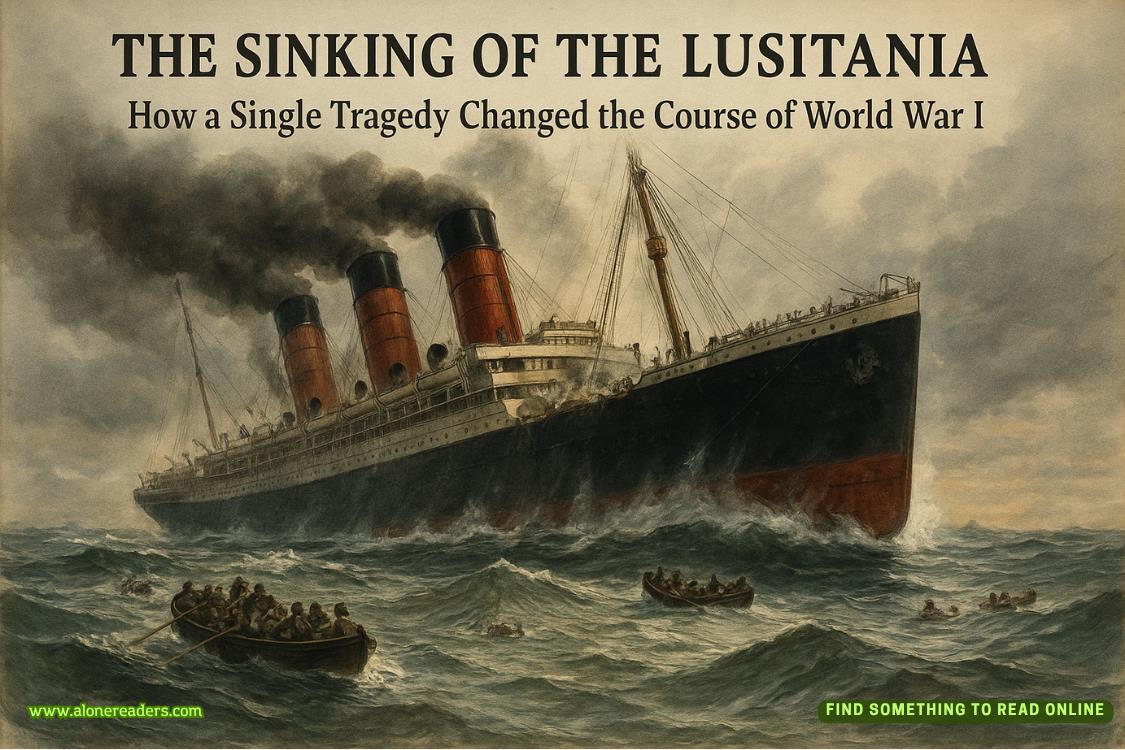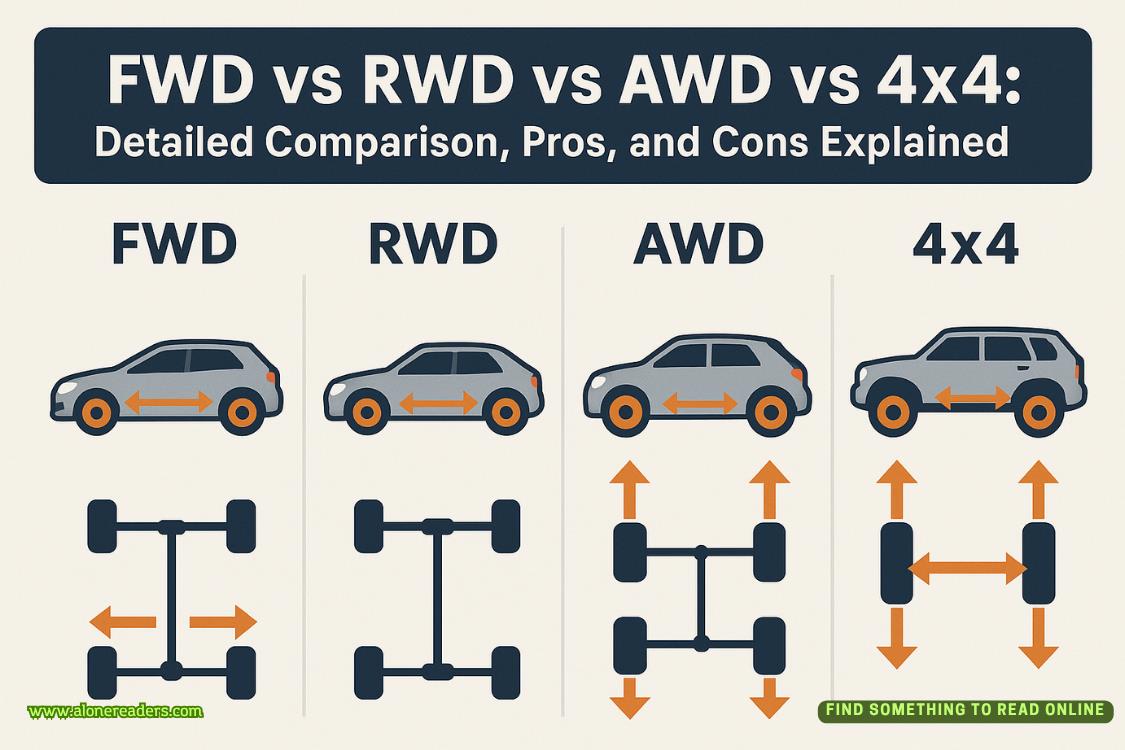Page 16 of Changing Tides
“This is Avie. She and her daughter, Leia, will be your neighbors until November,” Sabel introduces.
“That’s Ida Mae. She makes the best apple pie on the island. I’m sure you’ll be finding one on your porch any day now.”
I wave to the woman, and she returns the gesture before disappearing back down the driveway.
“Oh, before I forget, there’s a white golf cart in the garage. The key is hanging on a hook by the door for our grandson, but you add it to that key chain. The cart is electric and road-certified. You’re welcome to use it while you’re here. You are allowed to drive it everywhere on the island as long as you wear your seat belt and obey the traffic laws. It has a resident sticker, so you get preferred parking at all beach accesses, The Point, and the local shops. Just charge it at night, and it will run all day long.”
“That’s amazing. Thank you.”
And it will save gas money.
She wraps me in a warm hug.
“We’re happy to have you with us, and I can’t wait to meet your little one. If you need anything, we are just a phone call or two minutes away.”
I watch as she makes her way across the cul-de-sac and toward the stilted houses across the way.
To be honest, I wasn’t sure we’d enjoy spending the summer and fall on this tiny island off the southern coast of North Carolina, but I needed the work, and the distance from the city and my ex-husband will be refreshing.
If everyone is as welcoming as our new landlord, Sandcastle Cove might just be the haven we need to figure out what’s next for me and my girl.
Avie
“Sandcastle Cove has eighteen miles of shoreline. We survey every mile each morning from May until November, looking for sea turtle tracks and nests. Once a nest is identified, it is marked and roped off. We rotate weeks, so you’ll be on the schedule with the others. It will be emailed to you at the beginning of each month.”
I follow Kimball, the program director at the Sandcastle Cove Sea Turtle Rescue and Rehab Center, as she shows me around the facility.
“And nights?” I ask.
“Nights?”
“I assume we have to patrol and protect nests.”
She shakes her head. “When a nest is close to boiling, we keep a close watch, but we have a large family of volunteers who help monitor identified nests. They report any unlawful activity, and they call us in the event we are needed. We make the call to authorities if their assistance is required. Your number will be added to the emergency contact list. Other than that, we willkeep an observation at night if there is an increase of heavy rainfall or storm surges in the forecast,” she explains.
“Got it.”
“Don’t worry, Avie; the residents here on the island are very conscious and protective of the sea turtles. We rarely have any problems, apart from the occasional uninformed or inebriated tourist. And even they usually leave the marked nest alone. We just have to make sure they fill in any holes they dig in the sand and that they don’t use bright flashlights to chase crabs on the beach at night near the nests.”
Successfully digging themselves from the nest is only the first obstacle new hatchlings face. They have to safely make the march from the nest to the sea, avoiding birds, crabs, and other animals, holes in the sand, and artificial light from beachcombers and beach houses that can disorient them and cause them to head in the wrong direction instead of following the light from the moon and stars to the ocean.
The stretch of beach the hatchlings have to navigate to the water is a virtual minefield, and once they do make it to the safety of the sea, they have to fight birds, dolphins, sharks, and many species of carnivorous fish to make it to adulthood. A feat that only one in every thousand achieves. Compound that with the threats to adult sea turtles—illegal harvesting, pollution, oil spills, habitat degradation and encroachment, coastal development, climate change, et cetera—and this is why they are on the endangered species list and we must fight so hard to save them with conservation efforts.
“You’ll spend most days here at the research center running labs on soil and water samples, helping with our children’s education program, and assisting in the hospital, where we accept and rehab three types of turtles—loggerhead, green, and Kemp’s ridley—from all over the state. We also take in patients from other states on a case-by-case basis,” Kimball continues.
This is my first time working with sea animals. My career in marine science has been limited to research behind a desk at the New York State Department of Environmental Conservation. But I’ve always wanted to be hands-on with aquatic animals and habitats.
I’m excited for this new adventure even if it’s only a seasonal contract.
Kimball finishes the tour and supplies me with my credentials and the standard embroidered polo-shirt-and-white-shorts uniform.
“Thank you, Avie. We look forward to having you on the team.”
“Thank you. I’m excited to get started,” I reply.
“See you in two weeks. This is going to be a great season,” she declares.
I lower the roof on the Corvette and throw a ball cap on my head and sunglasses on my nose as I make my way down Beach Avenue.















